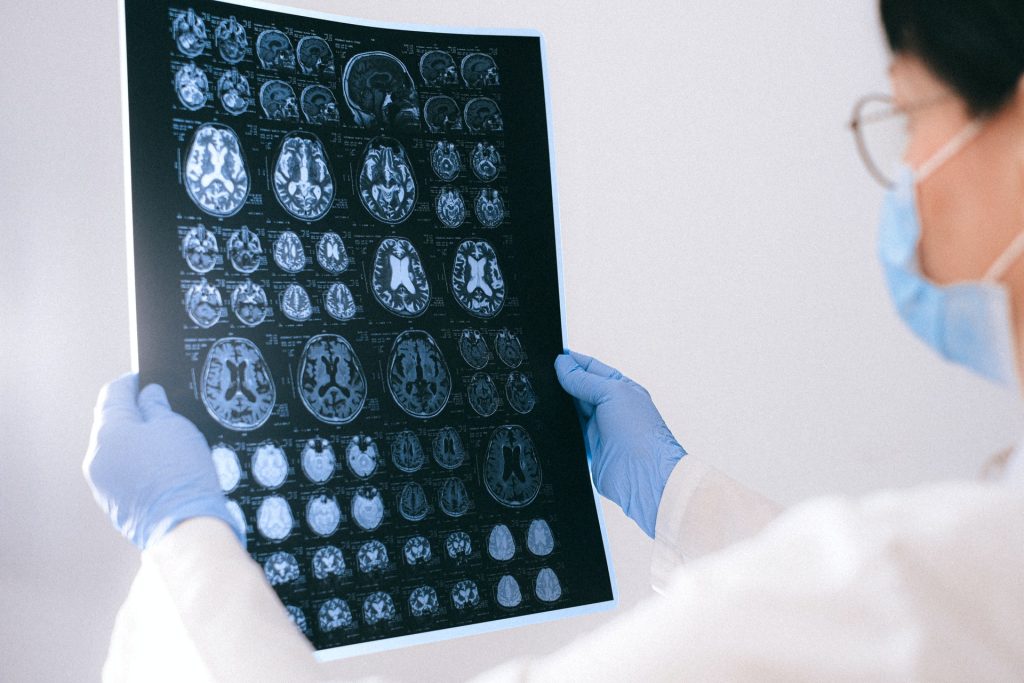New Regeneration Drug for Spinal Cord Injury Passes Safety Check

Researchers in the UK have evaluated a potential drug for the treatment of spinal cord injury (SCI), which could potentially regrow damaged nerves, and found it to be safe and tolerable. The results of their Phase 1 clinical trial were published in British Journal of Clinical Pharmacology and evaluated the KCL-286 drug, which activates retinoic acid receptor beta (RARb) in the spine to promote recovery.
There are no licensed drugs that can fix the adult central nervous system’s inability to regenerate. Implants have been able to restore some function, but for most, spinal cord injuries are life-changing.
Previous studies have shown that nerve growth can be stimulated by activating the RARb2 receptor, but no drug suitable for humans has been developed. KCL-286, an RARb2 agonist, was developed by Professor Corcoran and team and used in a first in man study to test its safety in humans.
The study by the Institute of Psychiatry, Psychology & Neuroscience (IoPPN) at King’s College London, recruited 109 healthy males in a single ascending dose (SAD) adaptive design with a food interaction (FI) arm, and multiple ascending dose (MAD) arm. Participants in each arm were further divided into different dose treatments.
SAD studies are designed to establish the safe dosage range of a medicine by providing participants with small doses before gradually increasing the dose provided. Researchers look for any side effects, and measure how the medicine is processed within the body. MAD studies explore how the body interacts with repeated administration of the drug, and investigate the potential for a drug to accumulate within the body.
Researchers found that participants were able to safely take 100mg doses of KCL-286, with no severe adverse events.
Professor Jonathan Corcoran, Professor of Neuroscience and Director of the Neuroscience Drug Discovery Unit, at King’s IoPPN and the study’s senior author said, “This represents an important first step in demonstrating the viability of KCL-286 in treating spinal cord injuries. This first-in-human study has shown that a 100mg dose delivered via a pill can be safely taken by humans. Furthermore, we have also shown evidence that it engages with the correct receptor.
“Our focus can hopefully now turn to researching the effects of this intervention in people with spinal cord injuries.”
Dr Bia Goncalves, a senior scientist and project manager of the study, and the study’s first author from King’s IoPPN said, “Spinal Cord Injuries are a life changing condition that can have a huge impact on a person’s ability to carry out the most basic of tasks, and the knock-on effects on their physical and mental health are significant.
“The outcomes of this study demonstrate the potential for therapeutic interventions for SCI, and I am hopeful for what our future research will find.”
The researchers are now seeking funding for a Phase 2a trial studying the safety and tolerability of the drug in those with SCI.
Source: King’s College London





